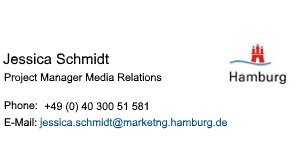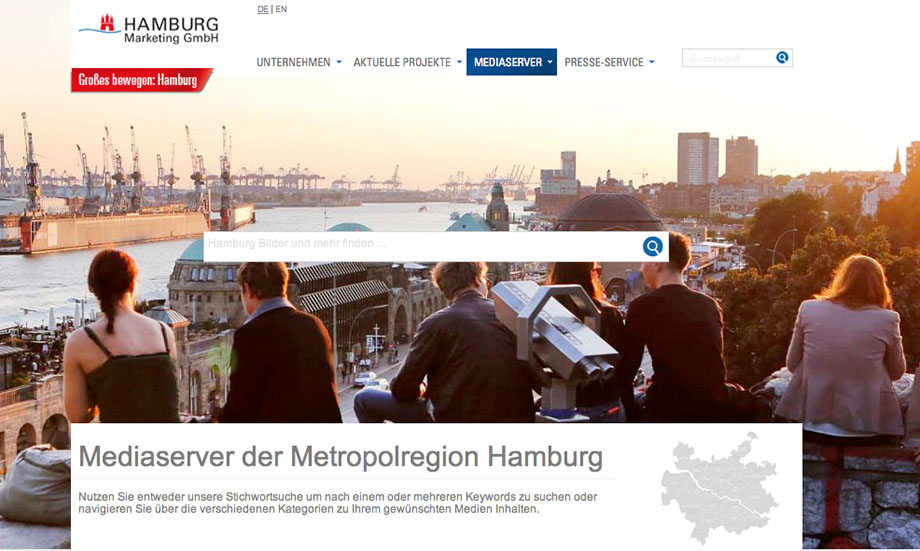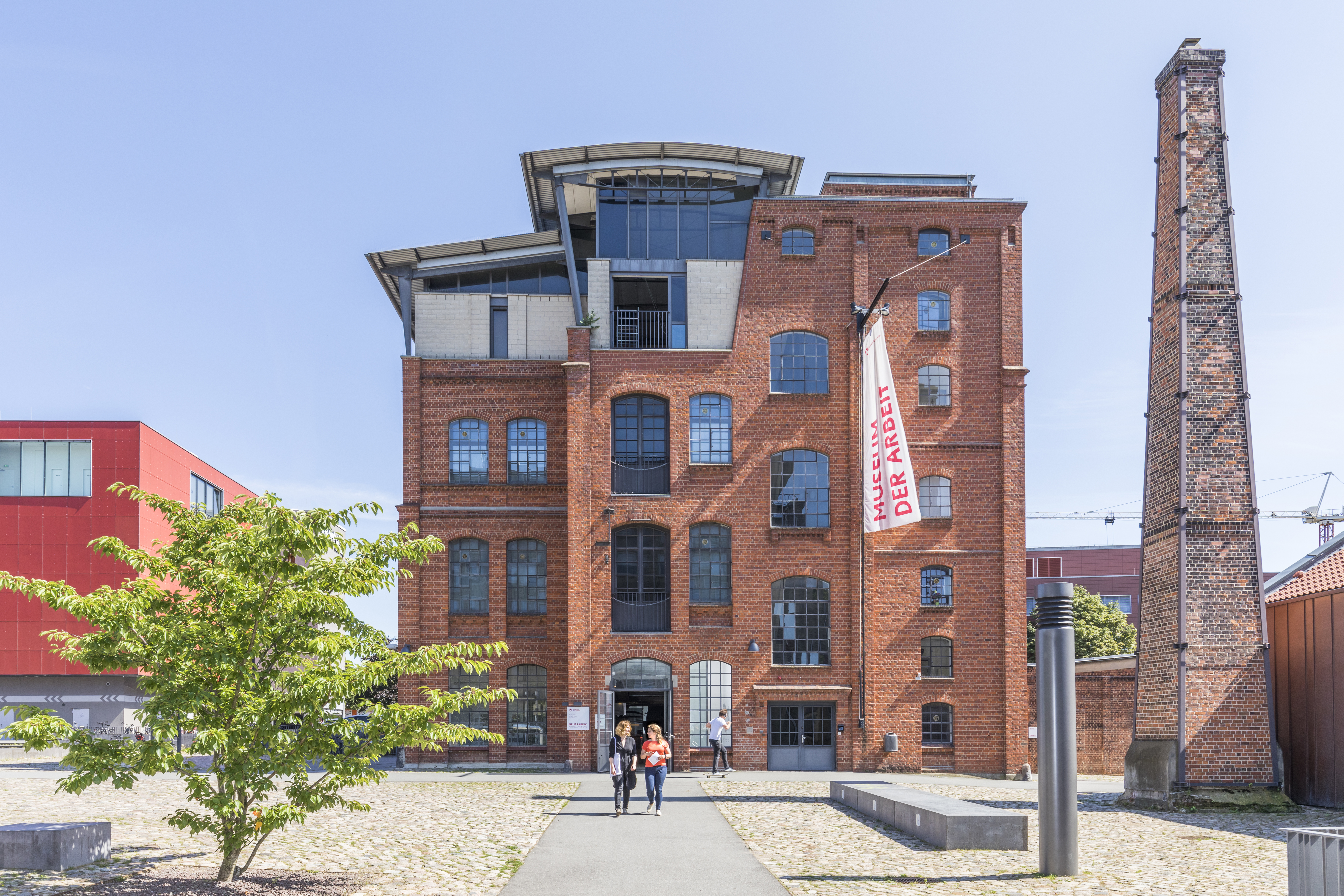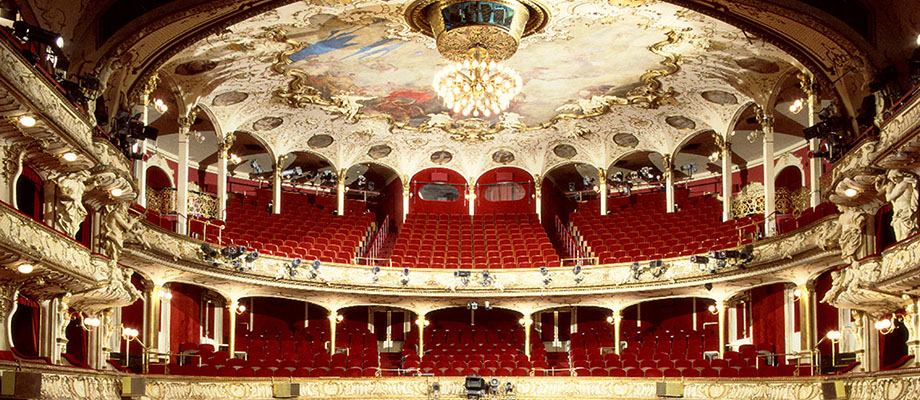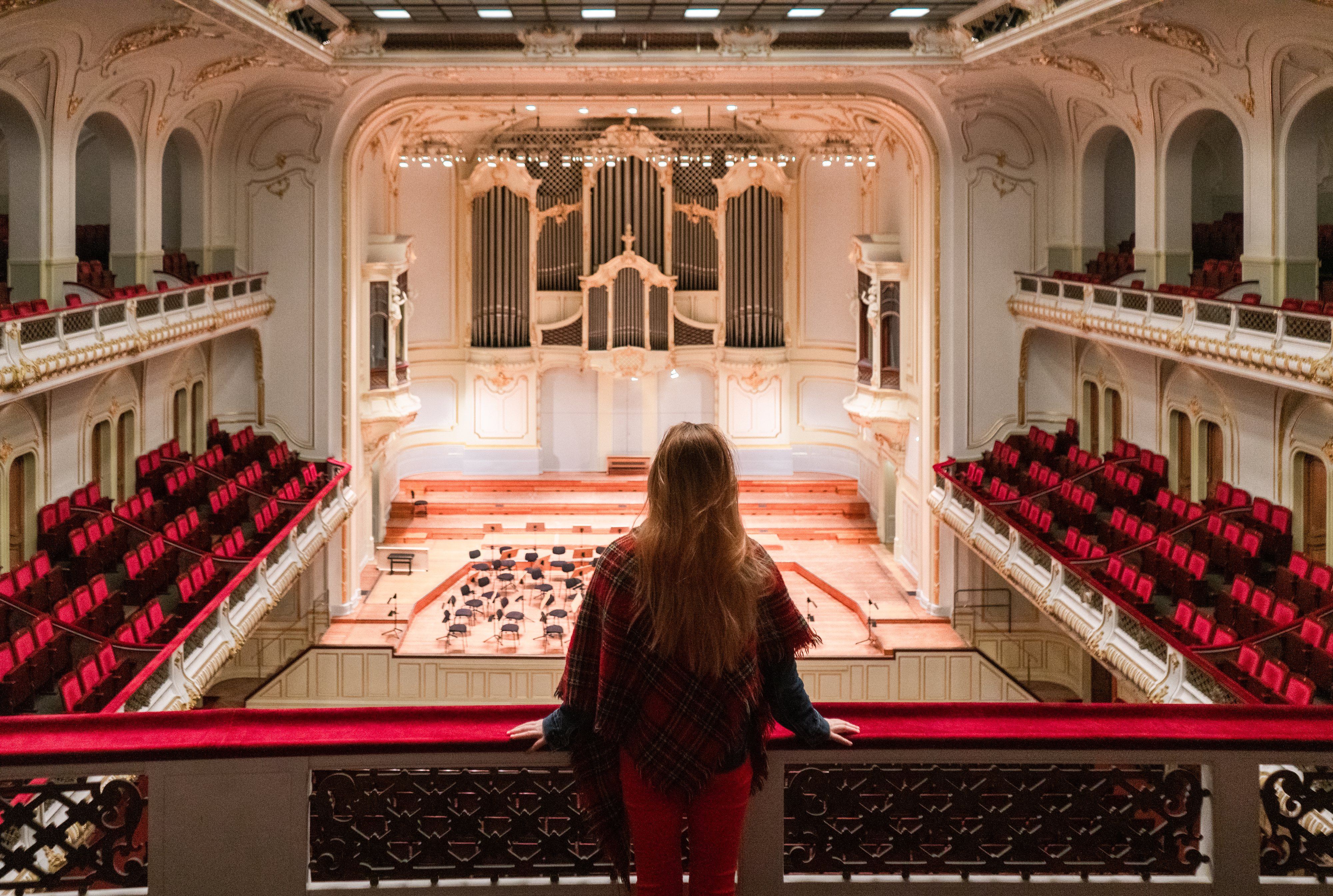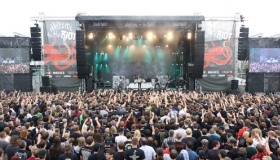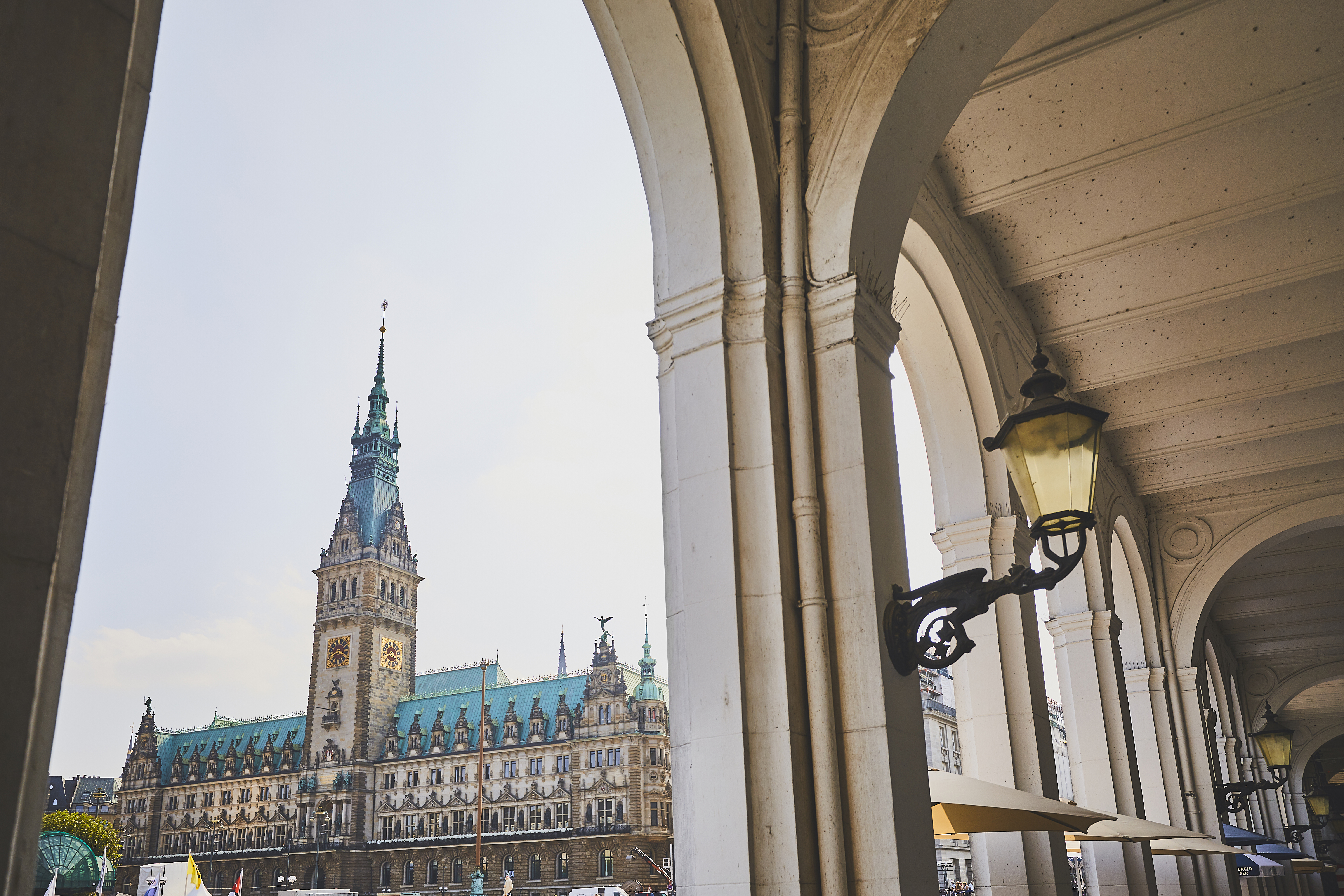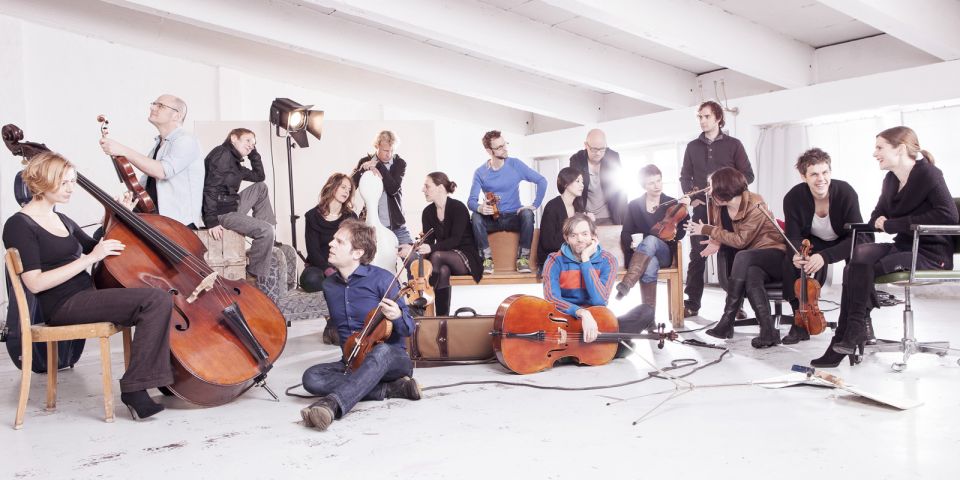Hamburg’s museum landscape
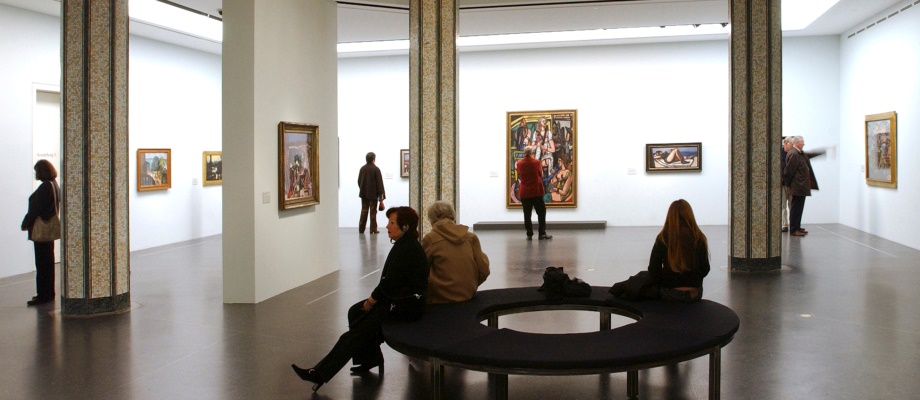
This might have been how great-grandma looked underneath her mohair cardie – that is, had she been a St Pauli grand dame: a tightly looped bead chain around her neck, and her upper body embellished with wild mythological scenes from the jungle – all tattooed! With this picture, the Museum for Arts and Crafts Hamburg (MKG) advertises its most recent exhibition, “Tattoo”, which explores the historical and cultural roots of today’s trend towards fashionable tattoos. The exhibition also casts light on Hamburg’s long history of tattoos that originated in the port district of the late 19th century.
On behalf of the people
The Museum for Arts and Crafts Hamburg (MKG) is part of the Kunstmeile, an association of art institutions in Hamburg's city centre. In addition to the MKG, the Kunstmeile includes four other renowned museums that are all within walking distance: the Deichtorhallen Hamburg, the Kunstverein, the Bucerius Kunst Forum, and, at the very centre, the Hamburger Kunsthalle. For the price of 29 euro you can get a ticket that is valid for one year and will give you access to each one of these institutions once.
Opened in 1869, the Hamburger Kunsthalle was once regarded as the epitome of Hamburg bourgeoisie’s taste for art. Today, the Kunsthalle is considered to be one of Germany’s most prestigious art museums. Since 1996, the distinctive building of the Gallery of Contemporary Art has been complementing the Kunsthalle’s scope with ambitious contemporary art. The Bucerius Kunst Forum is located in the city centre just beside the town hall. Each year it presents four high-level exhibitions on fine art from antiquity to modern times. Established by the ZEIT Foundation, the Bucerius Kunst Forum pursues an exciting concept based on the motto “Art always fits in”, encouraging the public to visit their exhibition house even during their lunch break. All exhibitions are designed in a way that allows visitors to view all works displayed within the matter of an hour.
The Kunstverein Hamburg is one of the oldest art societies in Germany. Since 1817, the Kunstverein has been dedicated to presenting and discussing contemporary approaches to art. In the past, artists such as Caspar David Friedrich, Arnold Böcklin and Francis Bacon were featured in solo exhibitions. After 17 months of extensive renovations, the large northern hall of the Deichtorhallen now meets the highest international standards. The more spacious of the two exhibition halls now features Europe’s largest consistent exhibition surface for contemporary art and is open to the public from April 2015.
International centre of photography
Hamburg thus provides optimum conditions for the 6th Triennial of Photography – the exhibition highlight that has been taken place this summer. The foundation stone for this festival was laid by a group of photo enthusiasts associated with Hamburg-based photographer, collector and gallerist F.C. Gundlach. The very first Triennial was held in 1999 in the presence of Mr Gundlach. In 2015, around ten museums, numerous galleries and photography schools participated in the event and explored nothing less than the future of photography – based on the Bible quote "The Day Will Come”.
Patrons and collectors
The Ernst Barlach Haus in Hamburg’s west is yet another gem among the city’s exhibition venues. The modern low-rise building from the early 1960s is situated in the beautiful landscaped garden of the Jenischpark. The Ernst Barlach Haus primarily focusses on sculpture exhibitions with works by Tony Cragg and other renowned contemporary artists, which are brought to life by presenting them in relation to the works of Ernst Barlach. Until october there are some room installations by Isa Melsheimer to look around.
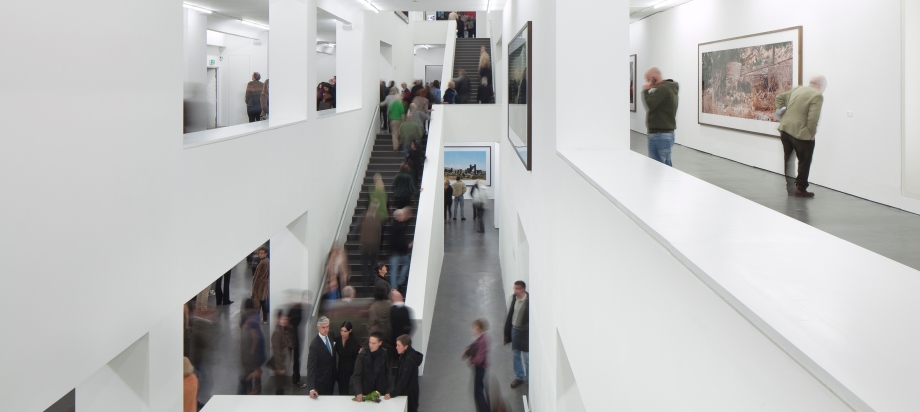
Tip: the Falckenberg Collection
Upriver, downriver – absolutely no problem for Hamburg’s locals. And yet few dare to take the leap across the Elbe to the southern part of the city. Hence the Kunstverein Harburger Bahnhof and the Falckenberg Collection in the district of Harburg are still considered to be insider tips. The Kunstverein Harburger Bahnhof, a young, innovative artists’ association, is housed in a former railway waiting room; the Falckenberg Collection, which has been part of the Deichtorhallen since 2011, is located onsite the historic Phoenix factory halls. The Falckenberg Collection is well worth visiting as collector Harald Falckenberg has been able to gather some of the finest pieces of contemporary art. The collection comprises more than 2,000 exhibits and includes key works by US media artists such as John Baldessari, Jon Kessler and Mike Kelley, as well as numerous paintings from Hamburg’s punk art scene, among them works by Martin Kippenberger, Albert Oehlen and Daniel Richter. Since June the exhibition "Civic Radar" bestrides the first embracive retrospective about the media artist Lynn Hershman Leeson. So make sure to take the leap across the Elbe during your stay in Hamburg – if you don’t, it would be like visiting New York and missing out on the ferry trip to Long Island and the MoMa PS1. The suburban railway will take you across the Elbe in only three stops from the central train station.
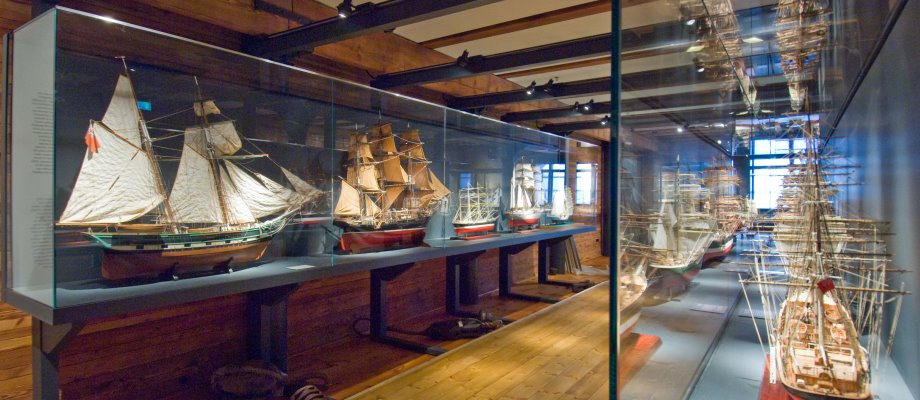
Art exhibits on board
Several Hamburg museums illustrate the history of Hamburg’s port and the development of the maritime sector, among them the Hafenmuseum Hamburg and the International Maritime Museum Hamburg, in which Peter Tamm, a former journalist and former CEO of the Axel Springer publishing house, presents his extensive private collection of shipping and marine history across eight levels. Between the St Pauli Landungsbrücken and Baumwall, where tourists set out by ferry to the musical theatres featuring “The Lion King” and “The Miracle of Bern”, you can go on board the museum ships Cap San Diego and Rickmer Rickmers, a 97-metre windjammer.
Typically Hamburg: the Hamburg Museum and the Museum of Ethnology
The Hamburg Museum has the largest collection on urban history on display in Germany. As a cultural history museum it provides an overview of the eventful history of the city of Hamburg from its beginnings in around 800 A.D. to the present time. It is the largest museum of the public foundation “Historische Museen Hamburg”, which also includes the Altonaer Museum and the Museum of Labour in Barmbek. The Museum of Ethnology is now one of Europe’s biggest ethnographic museums. Founded in 1879, it initially exhibited objects that Hamburg merchants had brought back from their travels. Today, the museum’s permanent exhibition includes around 600,000 treasures from all over the world.
Regional and committed
A little further down the Elbe, the Altonaer Museum showcases the history of art and culture from the entire north German region, and in particular the Elbe region around the district of Altona. Located in the west of Hamburg, Altona is a booming district with highly committed residents. In the old days, wealthy Hamburg residents would merely pass through Altona when travelling to their country homes in Blankenese by coach. The Altonaer Museum provides interactive exhibitions for its younger visitors in particular, among them the Farmers’ Parlours, the Dufke Shop and the Optical Chamber of Wonders. “Focus: Altona”, however, is a photography exhibition that critically displays the development of the district – such as the world’s first urban IKEA branch, which was established in Altona only recently. In another room, the imaginative series “Quer zum Strom” by Hamburg-based photographer Jo Röttgers conjures up the myths and dreams of all captains who look from their homes at the currents of the River Elbe drawing them to the sea.
Hamburg museum links
Museum für Kunst und Gewerbe: www.mkg-hamburg.de
Hafenmuseum Hamburg: www.hafenmuseum-hamburg.de
Internationales Martimes Museum Hamburg: www.imm-hamburg.de
Cap San Diego: www.capsandiego.de
Museumsschiff Rickmer Rickmers: www.rickmer-rickmers.de
Altonaer Museum: www.altonaermuseum.de
Ernst Barlach Haus: www.barlach-haus.de
Hamburger Kunsthalle: www.hamburger-kunsthalle.de
Kunstverein Harburger Bahnhof: www.kvhbf.de
Deichtorhallen Hamburg/Sammlung Falckenberg: www.deichtorhallen.de
Bucerius Kunstforum: www.buceriuskunstforum.de
Hamburg Museum: www.hamburgmuseum.de
Kulturen und Künste der Welt: https://markk-hamburg.de/
Triennale der Photographie: www.phototriennale.de
Kunst Meile Hamburg: www.kunstmeile-hamburg.de
Museumsdienst Hamburg: www.kunstmeile-hamburg.de
Museum der Illusionen: https://hamburg.museumderillusionen.de/
Museen im Überblick: www.hamburg.de/museum-hamburg
